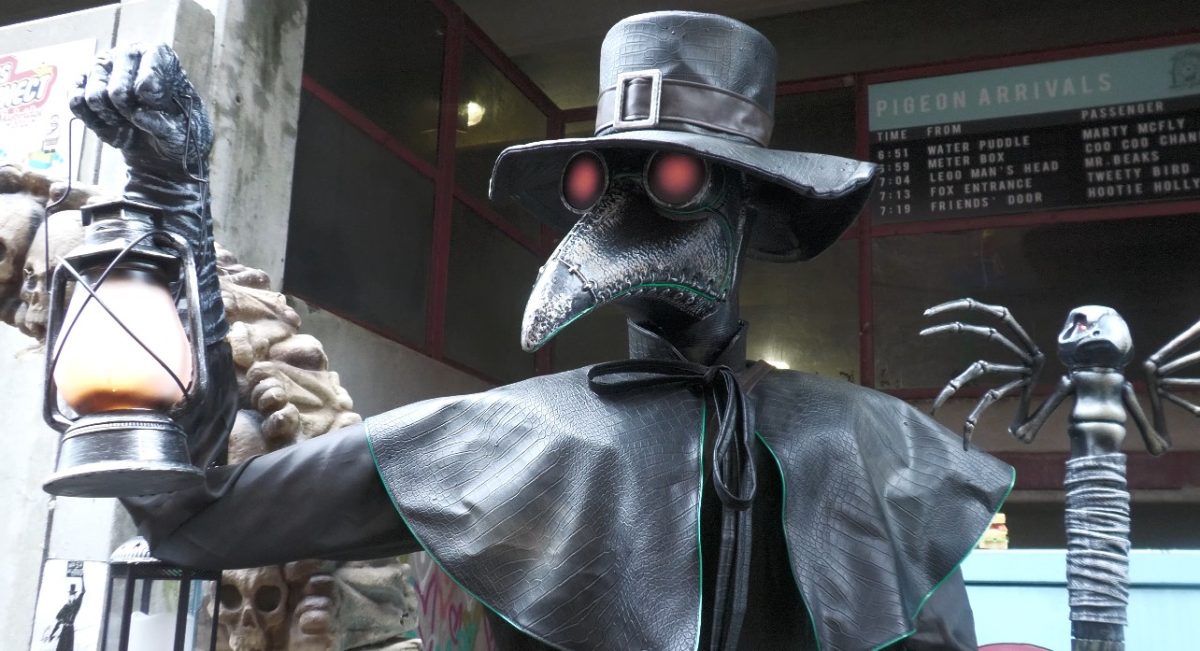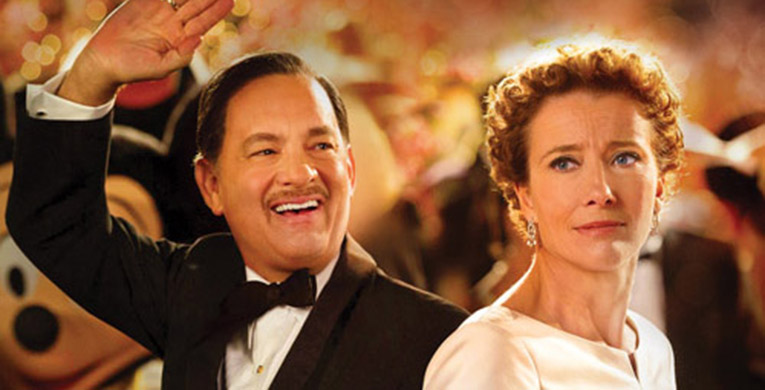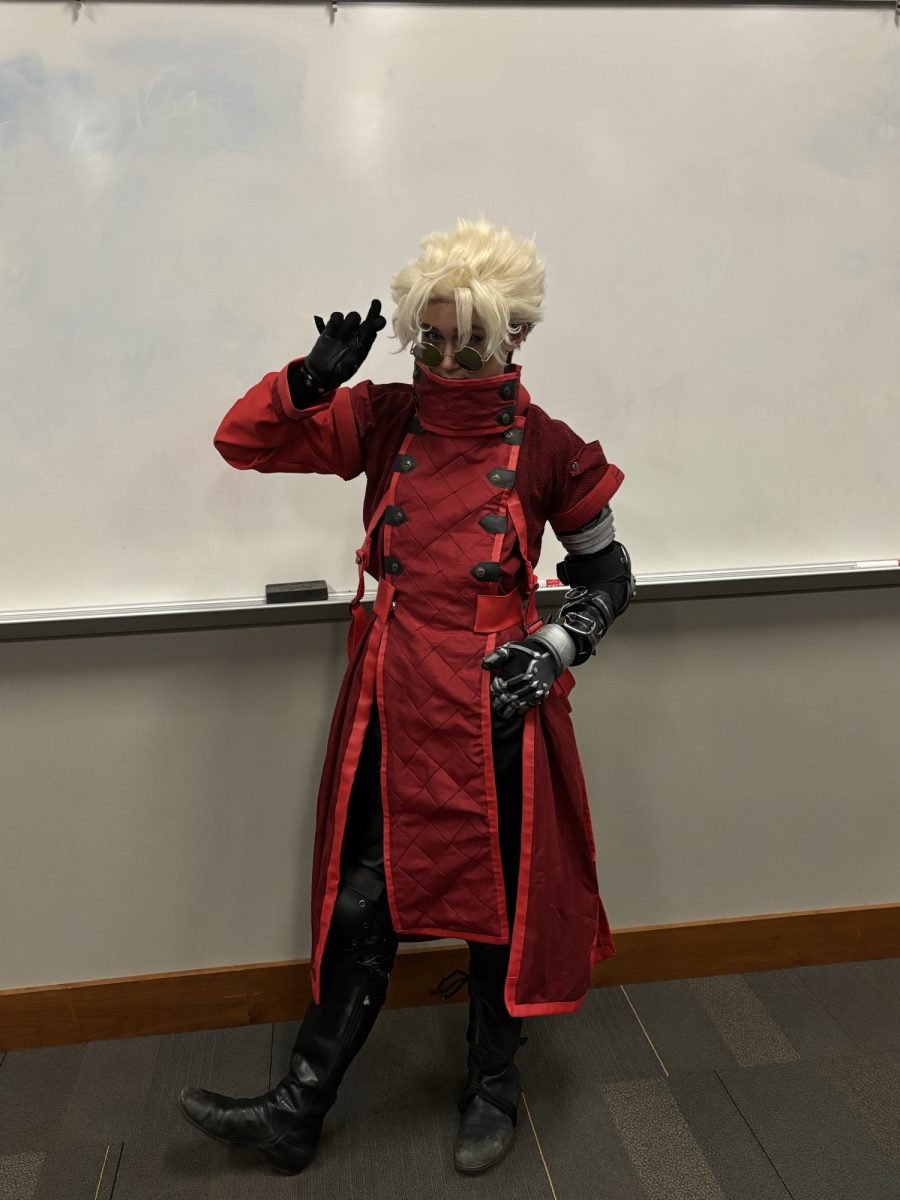
When I first saw previews on TV for the new Disney film “Saving Mr. Banks,” I immediately knew that I wanted to see it. I always loved the older Disney classics, such as “Pete’s Dragon,” “The Apple Dumpling Gang” and “Mary Poppins.” And along comes a movie that explains how the last of those three movies was made. Clearly it was a recipe for spending what little money I have at a movie theater.
I assumed that the film would be filled with fun and humor, and I was right. But while there was plenty of jest, I certainly did not expect this movie to get inside my head and play with my emotions. “Saving Mr. Banks” was, without a doubt, the most memorable and amazing movie of 2013. I say this because I saw a lot of movies last year, and none but “Saving Mr. Banks” made me cry like a ten-year-old girl.
The movie focuses on P.L. Travers, the author of the popular children’s books that inspired the Disney classic. After promising his daughters that he would make an adaptation of “Mary Poppins” for the silver screen, Walt Disney spends 20 years trying to convince Travers to sell the rights to her books.
Out of money and unwilling to write any more books, Travers reluctantly agrees to fly to Los Angeles to begin working on a screenplay for the potential movie, though she blatantly appears to be intentionally sabotaging its production.
While Travers desperately wants her beloved Mary Poppins to never become a movie character, Disney desperately wants to keep his 20-year-old promise and their interests conflict throughout the movie. But as most of us know, Travers does eventually sell the rights to Disney and the movie is made.
That is a brief, superficial summary of “Saving Mr. Banks,” but the meat of the story is Travers’ childhood, which is shown in numerous flashbacks throughout the film. Travers’ actual name is Helen Goff.
Through the story of her childhood, we discover not only who she is, but where the idea for Mary Poppins came from. It becomes clear that the story of “Mary Poppins” is less about the children and more about their father (as one can see simply by looking at the title of the film, “Saving Mr. Banks”).
Directed by John Lee Hancock, the same man who brought us “The Blind Side” in 2009, this movie not only tells the story of how “Mary Poppins” was made but also explains the backstory of P.L. Travers and the inspiration for her books. It is a beautiful, emotional story that nearly everyone can connect with.
Emma Thompson does a marvelous job of portraying the pragmatic, picky and stubborn P.L. Travers, while Tom Hanks does just as well a job of making Walt Disney less of a mythically extraordinary person and rather a simple man with a heart for dreams.
I highly recommend everyone see this movie, preferably while it is still in theaters (seeing a movie in a theater is a very different experience than seeing it at home). Also, you will not want to miss any of it, even if you must use the restroom. It’s a two-hour movie, so brace your bladders and enjoy the show.

























